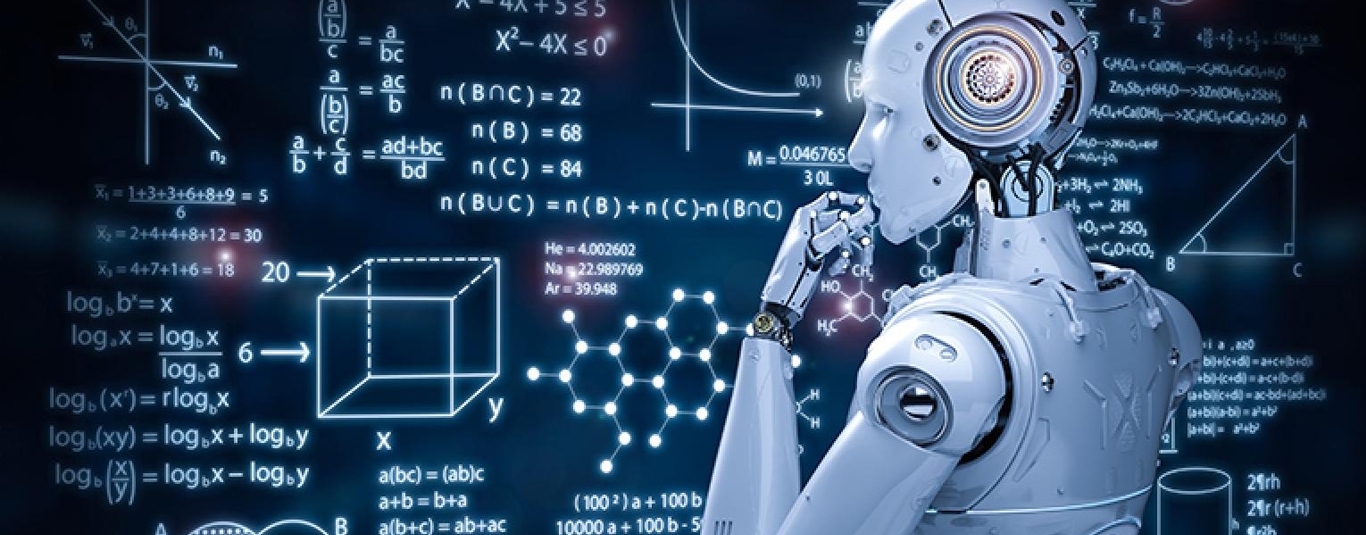Written by
Jerônimo do Valle
Artificial intelligence is almost everywhere - virtual assistants in our homes, programs that detect fraud and prevent cyber attacks, technologies that help us find stores and products, etc. And it's not just big companies that are using it, but every day, more and more small companies are discovering their own way of applying AI to help them analyze their data and make better business decisions.
AI-as-a-service
“AI-as-a-service” is a cloud-based platform that provides AI technology to customers. The AI tools available on the platform are developed by third-party vendors – who have built and pre-configured them according to industry best practices. In this scenario, AI allows companies to access these tools without having to pay the cost of creating their own, in addition to integrating them with existing systems, such as CRM or ERP platforms.
As a result, this type of solution can be very cost-effective for small and medium businesses that want access to advanced machine learning capabilities but don't want to invest in staff training or software development. This model has been especially popular with financial institutions looking for ways to improve their risk management strategies - in fact, one study estimates that more than 80% of global banks will adopt some form of AI by 2022.
Generative Adversarial Networks
Generative Adversarial Networks (GANs) are a type of AI that can learn to create new images, text, and other data. They are used to generate synthetic datasets with the help of neural networks. This can be particularly useful for organizations in the information science sector. The idea behind GANs was first introduced in 2014 and such systems can be used for different purposes.
For example, GANs are capable of generating realistic images from scratch, without any input information. In this case, there would be a generative neural network that creates samples and another discriminative neural network that evaluates them based on their quality score - and whether it considers them real or fake. The process continues until both models are satisfied with their level of performance, resulting in high-quality outputs at each iteration.
Another application of GANs is to improve image resolution. A specific branch of GAN research allows for “super-resolution” of images taken at low resolution. This means taking a blurred image and rendering it at a higher rate than what was originally captured by the camera.
The Rise of Foundation Models
Base models are trained on datasets with specific tasks and goals. They learn to perform predetermined tasks, but are not necessarily designed to constitute a “general-purpose intelligence”. Consequently, the data requirements for using these models are relatively simple and easy to obtain - unlike AI symbolic systems, which require large amounts of highly structured information.
The benefits of this simplicity include reducing the training time required for neural networks - which will later be able to perform tasks in minutes or hours instead of days or weeks - as well as the fact that this "reduced complexity", in each step along the way, from raw input data to final output, ultimately results in an application that is more manageable than many existing model types and easier to modify when needed.
However, foundation models also have their challenges. As they are not necessarily general-purpose intelligence per se, it may take longer than expected for them to work well on new problems; however, once a basic model has been “trained” enough in a certain type of task (e.g., image classification), it should work well enough in other categories, as long as they are not too different (e.g. apples vs oranges).
One thing is right; Artificial Intelligence is the future and is already among the most prominent technologies in the world, affecting almost every aspect of our lives, so it would be wise to invest in it as soon as possible. Just observe the apps and gadgets we use on a daily basis, or take a look at self-driving cars - all artificial intelligence products.
However, this is still just the beginning; there's much more to come in the next years, and now it's more important than ever to understand what AI trends will shape our future - and pay attention to them as they "conquer the world".

